Anyway, I digress...getting back to expecting the unexpected with the ocean. This of course applies to gliders, which are extremely subject to oceanic currents. Our initial plan was to fly SG514 and SG520 along predetermined patterns throughout Perth Canyon, which is relatively a very small area, ocean-wise. However, the ocean, of course, had different plans. Generally the Leeuwin Current flows southward and the Leeuwin Undercurrent flows northward a bit stronger than the Leeuwin Current. But of course, there was a large eddy right over Perth Canyon which made the Leeuwin Current flow northward along with the Leeuwin Undercurrent, causing a large net water movement northward. The current was too strong for the gliders to be able to fly against, so we've had to put a hold on our predetermined flight patterns and make some new flight plans to the to use the currents to the gliders' advantage. The result is that we have flown SG520 around the eddy and to the south of Perth Canyon while we flew SG514 to the north of Perth Canyon. Once we get all the data back, it will actually be really cool to analyze because we will be able to see how the eddy over the Perth Canyon affects the flows of the Leeuwin Current and Leeuwin Undercurrent north and south of the Perth Canyon! We will be able to detect this by locating varying temperature, salinity, and dissolved oxygen signatures sampled by the science sensors on the glider in the water column layers.
This past week has been a lot of computer work to pilot the gliders, though I've had some work in the glider lab as well! We've been troubleshooting a compass problem on the Slocum gliders. Whenever the compass reports a bad reading, generally when the glider is at an extreme pitch, roll, or is experiencing fluctuations in magnetic fields, the glider takes the compass out of active service, and therefore the glider aborts its dive segment, comes to the surface, and calls in via satellite to report that something is wrong. This happens because gliders fly via heading towards a directed heading or waypoint (GPS point), so if it can't use the compass, it can't fly effectively. We've made some headway on solving the problem, but have also discovered that a large portion of the problem may be on the manufacturer's side (not the manufacturer of Slocum gliders, the manufacturer of the compass that Slocum gliders use). We're also awaiting some new battery packs to arrive so we can refurbish U209 to send her out off of Perth again to study the Leeuwin Current to get more data for our project!
Last week, Dennis took Shannon and me scuba diving! We did a shore dive in Fremantle, a few kilometers south of the University of Western Australia, called Robb's Jetty. As you very well may have guessed, it was formerly a jetty before it was dismantled. Now all of the pilings and other debris form some great underwater structure for marine life, making it an awesome dive! We saw an octopus, cuttlefish, stingrays, nudibranchs, and a variety of fish! It was an awesome dive, but extremely cold!!! The water was 59 degrees F, which is not nearly as cold and Shannon and I are used to diving in back in New Jersey, but we only had our spring-time wetsuits with us (3/2 mm thickness) and no gloves or hood, so it was very cold being underwater for 45 minutes (the water depth was only about 21 feet max)! Definitely worth it though, the dive was so cool! Here's picture of a cuttlefish we saw, check out the amazing camouflage! They not only ave the ability to change the COLOR of their skin, but the TEXTURE of their skin as well!!! I have some HD video footage from our dive as well I took with my GoPro HD Hero camera, and will get a video together at some point as well!

Dennis also took us to a National Park that had a Koala enclosure! All the Koalas we sleeping, some very high in the trees, but luckily one of them woke up to stretch for a moment so I got a decent picture of him semi-awake!

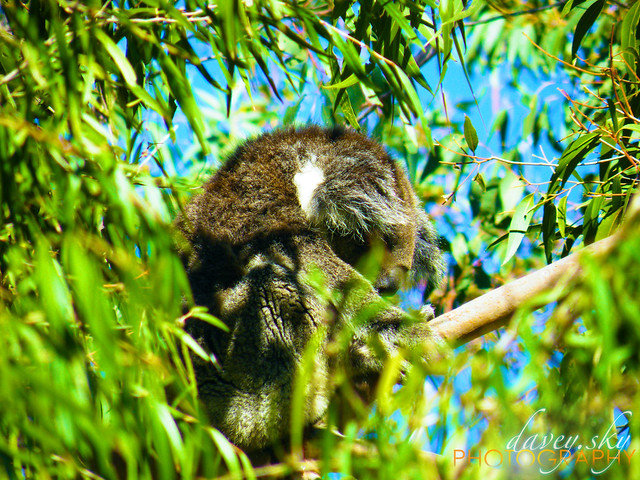
Shannon and I also took a day-trip to Rottnest Island, "Rotto" for short. Rottnest Island is about 10 miles or so off the coast of Perth. Rotto used to be part of the reef system when sea level used to be higher, but now it is exposed and has become a beautiful island. We woke up early and took the first ferry out at 7:30 AM, and let me tell you all...it was WELL worth getting up early! We went out to one of the beaches called Salmon Bay, a rather large beach expanse, and we were the ONLY people on that beach for 2 full hours! The weather was BEAUTIFUL, barely any wind, and calm seas with some nice clean waves breaking farther out over the shallow reef. Amazing. Picturesque Australia.
We went snorkeling for almost an hour in Salmon Bay, and it was incredible! The limestone-reef structure was SO cool, there were so many little caves and crevices which were homes to SOOO many fish and other marine life! We saw TONS and tons of fish, as well as another octopus! The water depth probably only averaged about 8 feet or so, though it fluctuated, but it was even cooler than some [scuba] dives I've done!
After we snorkeled Salmon Bay, we explored around the island a bit, had lunch on another beach totally by ourselves, and then headed to a beach area called Green Island for some more snorkeling. Green Island is a fairly large limestone rock exposed above the surface...and it's called "Green Island" because it has green plants that grow on top of it. The snorkeling here was awesome, too! I have a LOT of HD video footage from my GoPro from snorkeling at Rotto which I'll make into a video at some point as well!
Shannon and I also saw quokkas, which are native animals to Rottnest Island (actually where Rotto gets its name from)! Quokkas are kind of like miniature kangaroos, they're really cool! And as long as you move very slowly and calmly, they come right up to you! Here's a photo I took of one of the many quokkas (they're actually nocturnal, but can be found during the day sometimes too!):
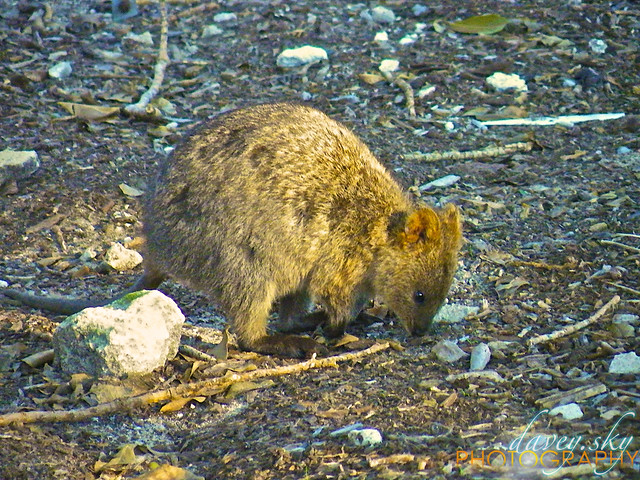
We have about two weeks left here in Perth (time has gone by so fast!!!), and then we head to Cairns for a week to scuba dive the Great Barrier Reef! So much to do still before we leave!...although we will be flying the gliders for about 4 more months from NJ and then processing and analyzing the data. Late next week, one of my friends will be coming to Australia to visit me and we'll most likely be going to stay in a bungalow on Rottnest Island for a few days!
Here's some pictures from Rottnest Island! Thanks for reading along everyone!
-Dave :)

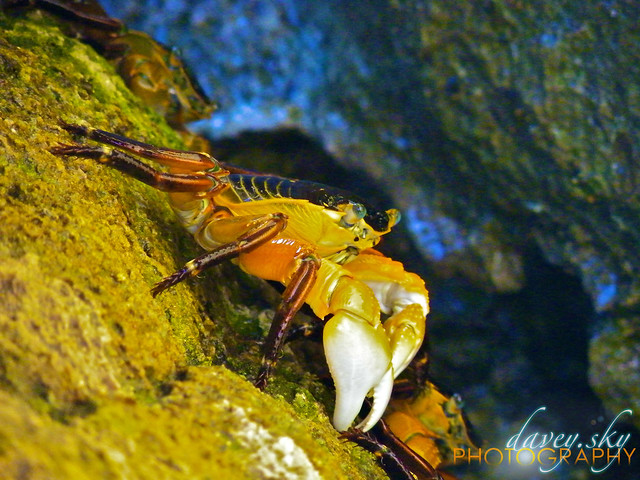
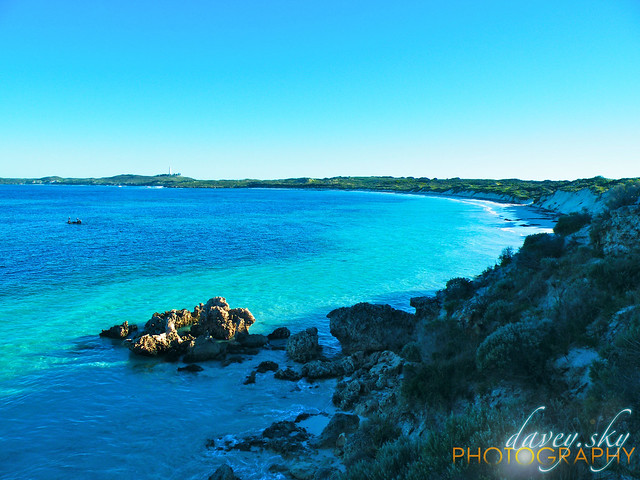
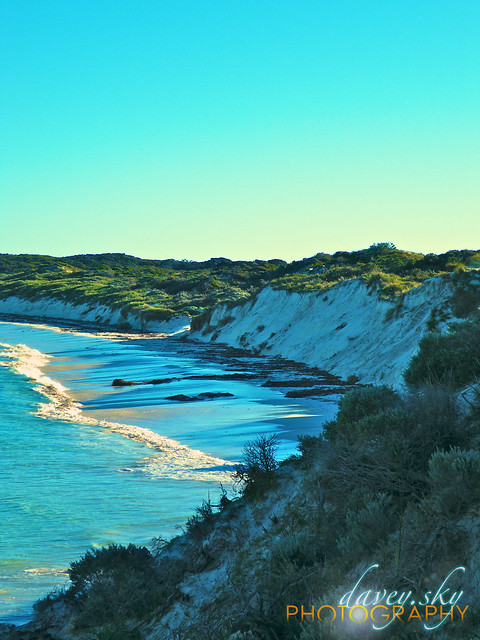
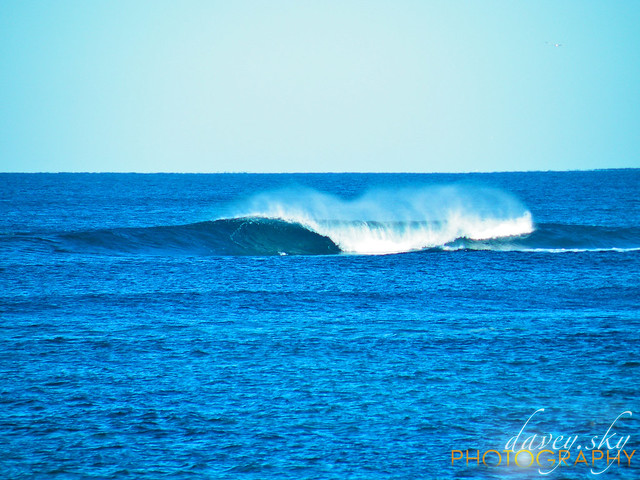

More incredible photos! I am curious as to what kind of camera and lens you use. The resolution is especially good.
ReplyDeleteL. Young
Thanks Lily! I use a Fujifilm S8100fd 10.0MP 18x optical zoom. Standard wide/telephoto lens it comes with (Fujinon 18x Optical zoom lens, F2.8(Wide) - F4.5(Telephoto). I believe this model is discontinued now. It's not a DSLR, but it's modeled after one. At some point I'd very much like to get a true DSLR, but of course they're quite expensive!
ReplyDeleteTraining will give you much more than the basic characteristics of a well-executed. A study in business with valuable professional skills to participate and learn the secrets of scuba diving. Scuba Diving Internship
ReplyDelete